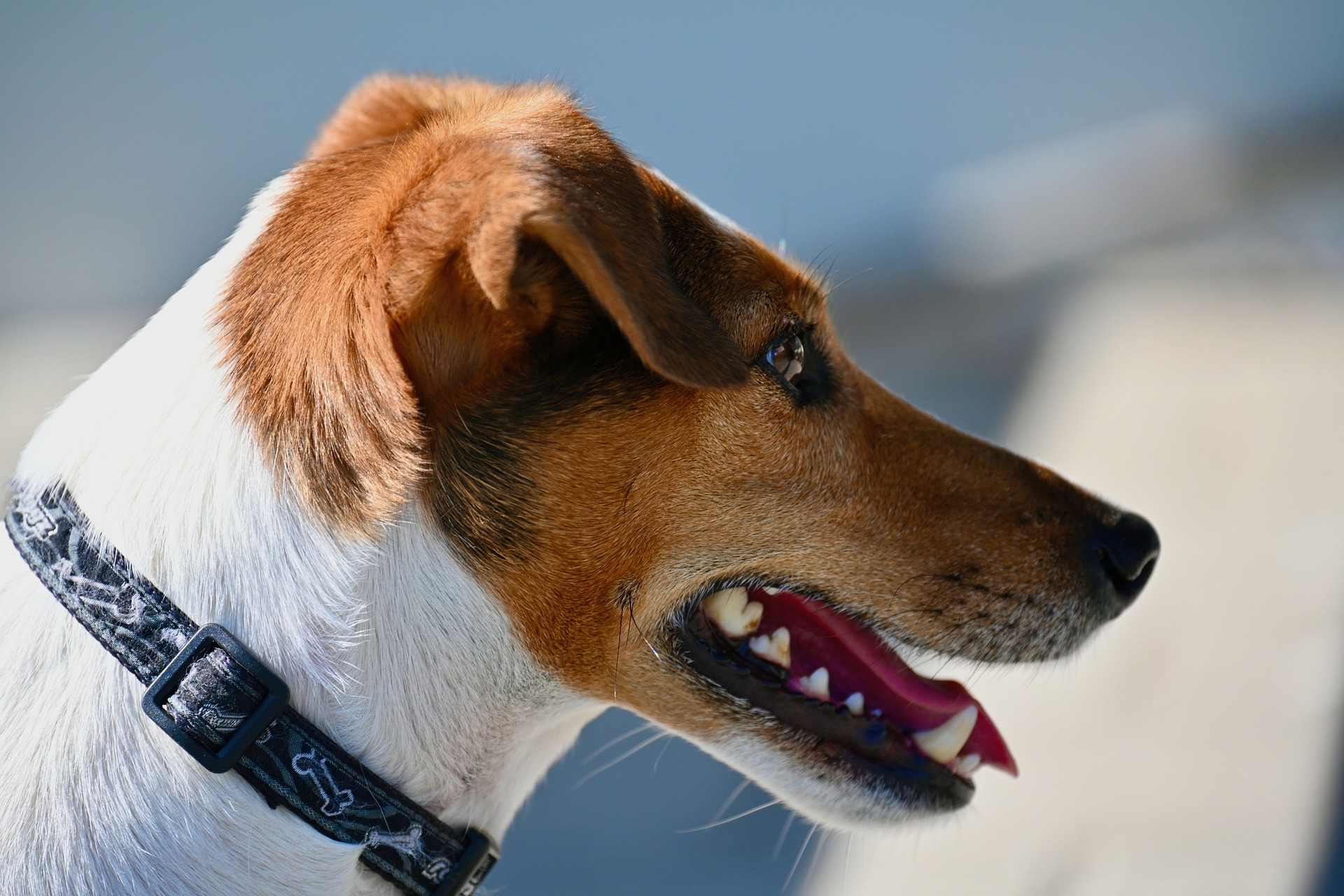Media release
From:
Humans are poor at identifying aggressive behavior in videos of dogs and humans
Participants accurately identified playful interactions of human and dog pairs in video clips, but performed no better than chance at assessing aggression
While humans can generally identify the nature of social interactions between children, dogs and monkeys from facial expressions and body language, we are poor at identifying aggressive behavior in dogs and humans, according to a study by Juliane Bräuer at the Max Planck Institute for Geoanthropology in Germany and colleagues, publishing December 7 in the open-access journal PLOS ONE.
Interpreting social interactions and anticipating the outcome are important skills that allow us to react appropriately, particularly when those interactions are aggressive. To investigate how well people can assess social interactions, the researchers showed 92 adults a series of short video clips showing the start of a non-verbal interaction between either two human children, two domestic dogs, or two Barbary macaques (Macaca sylvanus).
The video clips included clues about the nature of the interaction, such as body postures and facial expressions, but stopped just before the interaction took place. Half of the participants were asked to categorize the interaction as aggressive, neutral, or playful, while the other half were asked to predict the outcome from three possible options.
The researchers found that participants performed better than expected by chance at both tasks, except for assessing aggressive interactions in dogs and humans. People were most accurate in categorizing playful interactions, which they correctly identified 70% of the time. They performed particularly poorly at predicting the outcome of aggressive interactions in dogs. Individuals who were good at predicting outcomes for one species also performed better than average for the other species.
Humans may be biased to assume good intentions from other humans and dogs, which may prevent us from accurately recognizing aggressive interactions, the authors say. To reduce the occurrence of dog biting incidents, new dog owners could benefit from improved education about dog behavior and how to identify aggressive interactions.
The authors add: “It is important to be able to make predictions about others’ future actions in order to react optimally. Humans are quite good at categorizing and predicting social situations with other humans, dogs, and monkeys, but it depends on the context. Surprisingly, humans underestimate aggression in dogs.”



 International
International


